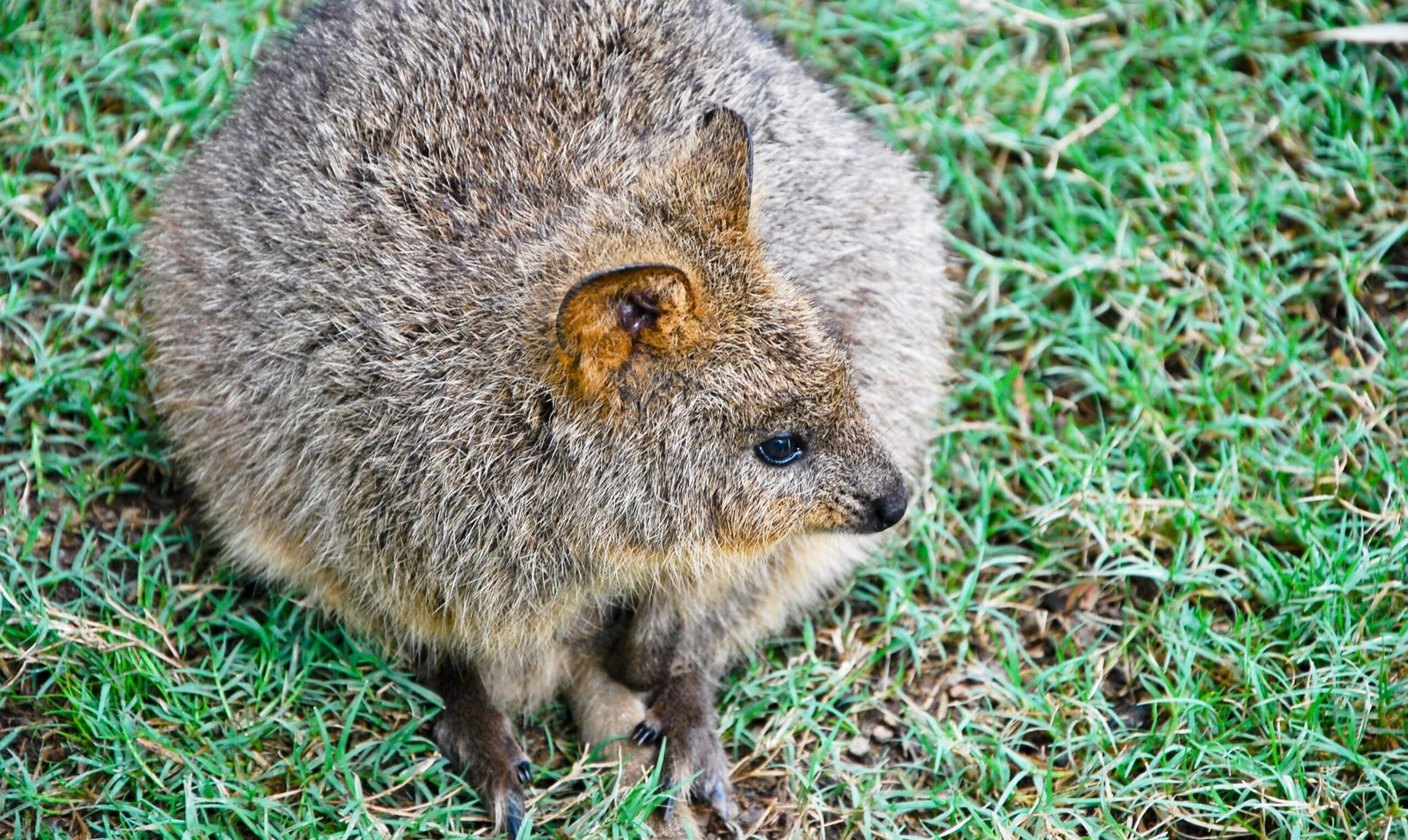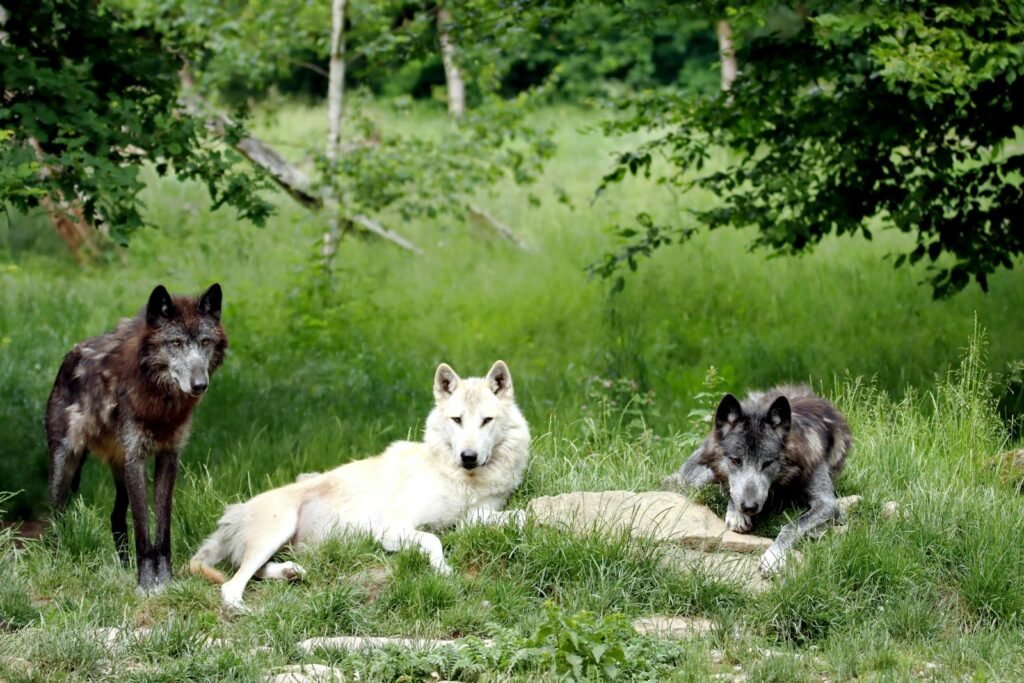Imagine stumbling upon a small, furry creature grinning at you as if sharing a private joke. This isn’t a scene from a fairytale—it’s the real-life magic of the quokka, an Australian marsupial that captured the world’s heart with its infectious smile. In an age where social media can propel almost anything to stardom overnight, the quokka’s journey from obscurity to global sensation is both inspiring and surprising. But behind those viral selfies lies a deeper story: how internet fame is shaping the fight for wildlife conservation and what it means for our planet’s most vulnerable animals.
The Rise of the Quokka: From Obscurity to Global Icon
For decades, quokkas quietly roamed Rottnest Island, relatively unknown outside their native Western Australia. These small marsupials, about the size of a domestic cat, lived peaceful lives, hidden from the world’s gaze. Everything changed when visitors started snapping photos of quokkas’ seemingly smiling faces and sharing them online. Within a few short years, their images sparked a viral sensation, with celebrities and travelers alike clamoring for a quokka selfie. The quokka’s sudden internet fame transformed it from a little-known species into a global symbol of cuteness and curiosity. This remarkable rise shows just how quickly the internet can catapult an animal into the spotlight.
Understanding the Quokka: Biology and Behavior
Quokkas belong to the macropod family, making them distant cousins of kangaroos and wallabies. They have round faces, shiny black eyes, and thick brown fur—features that naturally make them photogenic. Quokkas are herbivores, mainly feeding on grasses and leaves, and they’re mostly nocturnal, foraging at night to escape the heat. Unlike many wild animals, quokkas are surprisingly curious and unafraid of humans, which partly explains their popularity among tourists. Social by nature, they often live in groups and communicate with a series of soft clicks and hisses. Their unique charm goes beyond looks—it’s their playful, gentle demeanor that truly endears them to people.
Social Media’s Role in Wildlife Popularity

Social media platforms have a powerful way of turning ordinary moments into global trends. When quokka selfies started appearing on Instagram and Twitter, the internet couldn’t get enough. Their adorable smiles made them instant celebrities, with hashtags like #quokkaselfie amassing thousands of posts. This digital exposure not only put quokkas on the map but also sparked conversations about their natural habitat and the challenges they face. In just a few clicks, the world went from being unaware of quokkas to championing their protection. This phenomenon highlights the potential—and pitfalls—of viral fame in wildlife conservation.
The Conservation Status of Quokkas
Despite their growing popularity, quokkas face real threats in the wild. Listed as vulnerable, their populations are restricted mainly to small islands like Rottnest and a handful of spots on the Australian mainland. Habitat loss, introduced predators such as foxes and cats, and the impacts of climate change have all contributed to their decline. While quokkas on Rottnest Island are relatively safe, those on the mainland are at greater risk. Their fragile status underscores the urgency of protecting their environments and addressing the broader issues that threaten many Australian species.
Tourism: Blessing or Burden?
The quokka’s internet stardom has led to a boom in tourism on Rottnest Island, with thousands flocking to catch a glimpse—and a selfie—of these smiling marsupials. This surge in visitors brings much-needed funds and awareness to conservation efforts, supporting habitat restoration and research. However, increased foot traffic also stresses the local ecosystem and exposes quokkas to risks like inappropriate feeding and unintentional harm. Responsible tourism campaigns now educate visitors on how to interact with quokkas safely, promoting a balance between admiration and respect for their wellbeing.
Quokka Selfies: A Double-Edged Sword
The selfie trend has undoubtedly put quokkas in the global spotlight, but it comes with drawbacks. Tourists often approach the animals too closely, or worse, offer them snacks that can make them sick. While a single photo might seem harmless, repeated disturbances can alter quokka behavior and impact their health. Conservationists urge visitors to keep a respectful distance and avoid touching or feeding quokkas. Education is key—by understanding the consequences of our actions, we can enjoy these moments without putting the animals at risk.
Harnessing Fame for Conservation Awareness

Quokkas’ internet fame has opened the door to vital conversations about biodiversity and ecosystem health. Conservation organizations use the quokka’s popularity to highlight broader environmental challenges, from invasive species to habitat destruction. Social media campaigns encourage people to support conservation projects, volunteer, or donate to research. The quokka serves as a charismatic ambassador, drawing attention to lesser-known species that share its environment. In this way, internet fame becomes a tool for education and action, inspiring people to care about the world beyond their screens.
Scientific Research: Studying Quokkas in the Wild

Researchers are seizing the opportunity to study quokkas more closely, using their popularity to secure funding and public interest. Ongoing projects monitor quokka populations, track their movements, and analyze their health. Scientists also investigate how human interactions might affect quokkas’ stress levels and long-term survival. This research not only informs conservation strategies for quokkas but also provides insights into the management of other vulnerable species. The more we learn about quokkas, the better equipped we are to protect them and their habitats.
The Broader Impact: What Quokkas Teach Us About Conservation
The story of the quokka demonstrates how viral moments can spark real-world change. Their journey from obscurity to internet stardom reminds us that every animal, no matter how small, has a role in our ecosystems. Quokkas show that conservation isn’t just about numbers and data—it’s about connection, empathy, and shared responsibility. Their fame challenges us to look beyond the screen and consider our impact on the natural world. If a smiling marsupial can inspire millions, imagine what else is possible when we channel our collective energy toward protecting wildlife.
Looking Ahead: The Future of Quokkas and Digital Conservation
As technology continues to shape our relationship with nature, the quokka’s story offers valuable lessons. Conservationists are exploring new ways to harness digital platforms for education, fundraising, and community engagement. Virtual reality tours, interactive apps, and citizen science projects all help bridge the gap between people and wildlife. The challenge lies in ensuring that internet fame leads to long-term support, not just fleeting attention. By staying curious, informed, and compassionate, we can help secure a brighter future for quokkas and countless other species.
Summary
The quokka’s journey from unknown marsupial to internet superstar is more than just a feel-good story—it’s a powerful example of how digital fame can drive real-world conservation. Their irresistible smiles have inspired millions to care, learn, and take action for wildlife. Yet, their continued survival depends on our willingness to look beyond the selfie and protect the fragile ecosystems they call home. Will the quokka’s story be a turning point for wildlife conservation, or just another viral moment?


